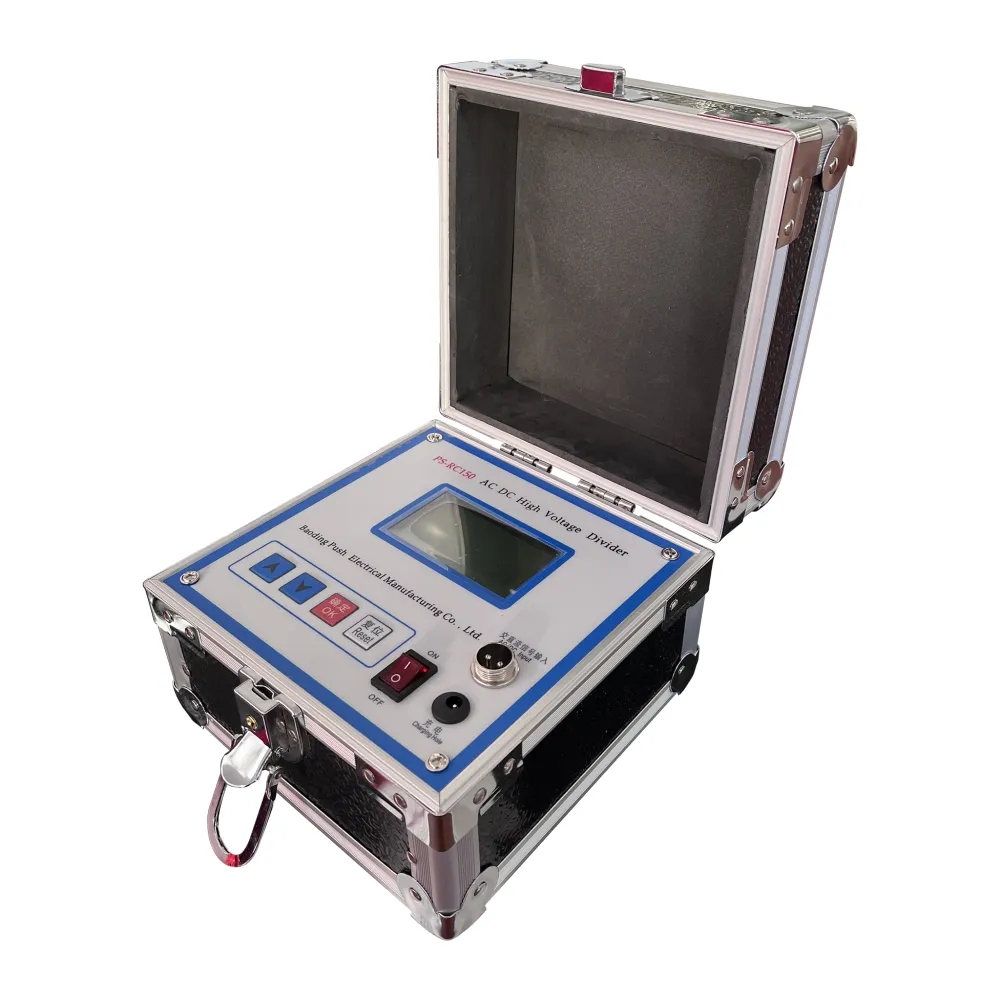 English
English


Understanding Chromatograms in Gas Chromatography for Enhanced Analytical Applications
Understanding Chromatograms in Gas Chromatography
Gas chromatography (GC) is a widely used analytical technique for separating and analyzing compounds that can vaporize without decomposition. It is an essential tool in various fields, including environmental testing, food and beverage analysis, and pharmaceutical research. The chromatogram generated during a GC analysis provides a visual representation of the separation process, enabling analysts to interpret and quantify the components in a mixture.
Understanding Chromatograms in Gas Chromatography
The peaks observed on a chromatogram correspond to the different compounds in the sample. The area under each peak is proportional to the amount of that compound present in the sample, allowing for quantitative analysis. The retention time, which is the time taken for a compound to travel through the column and reach the detector, is a critical feature of the chromatogram. Each compound has a unique retention time under specific conditions, making it possible to identify the components when compared to known standards.
chromatogram in gas chromatography

Interpreting a chromatogram involves examining various factors, including peak height, peak area, and retention time. A well-resolved chromatogram displays distinct, sharp peaks with little to no overlap, indicating effective separation of the sample components. Conversely, broader or overlapping peaks can suggest issues such as column overload or inadequate separation.
Chromatograms can be affected by several factors, such as column temperature, flow rate of the carrier gas, and the nature of the stationary phase. For example, increasing the column temperature can reduce retention times and improve the separation of volatile components. Similarly, adjusting the flow rate can influence the resolution and speed of the analysis. Understanding these parameters is crucial for optimizing the gas chromatographic method for specific applications.
In summary, chromatograms are vital in gas chromatography, providing critical information about the composition of a sample. By analyzing the peaks in a chromatogram, researchers can identify and quantify various compounds, ensuring the quality and safety of products across numerous industries. As technology advances, the accuracy and efficiency of gas chromatography continue to improve, making it an indispensable tool for chemists and analysts worldwide. Through a comprehensive understanding of chromatograms, one can harness the full potential of gas chromatography in analytical chemistry.
-
Differences between open cup flash point tester and closed cup flash point testerNewsOct.31,2024
-
The Reliable Load Tap ChangerNewsOct.23,2024
-
The Essential Guide to Hipot TestersNewsOct.23,2024
-
The Digital Insulation TesterNewsOct.23,2024
-
The Best Earth Loop Impedance Tester for SaleNewsOct.23,2024
-
Tan Delta Tester--The Essential Tool for Electrical Insulation TestingNewsOct.23,2024





